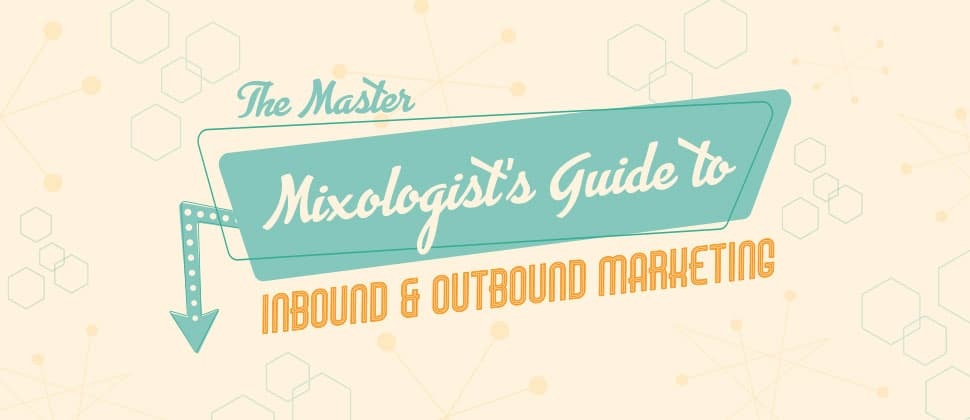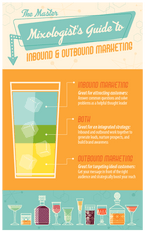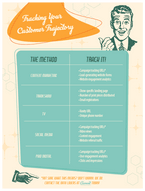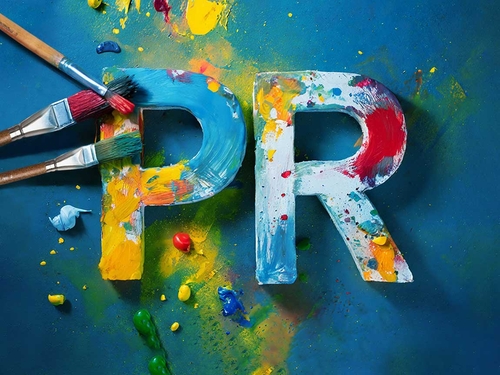If the internet is that crowded downtown bar, the chatter that fills it is often about marketing best practices. Frequently, it’s dedicated to defining the difference between inbound and outbound efforts. This hubbub applies opposing descriptors to inbound and outbound: old vs. new, imminent vs. fading. Unlike other sources, we believe that both inbound and outbound marketing have a rightful place in effective strategy, with two caveats: they must be well-balanced, and work together toward your brand’s objectives.
In other words, inbound is gin and outbound is dry vermouth. Apart they’re fine, but when they’re shaken or stirred? You craft the perfect mix.
What’s the Difference?
<<< Outbound marketing is a term applied to traditional methods of marketing where a message is pushed out to a wide audience, often in a disruptive, attention-grabbing manner. Examples include tradeshows, TV commercials, radio catalogs, and email blasts.
>>> Inbound marketing is a term applied to methods of marketing that attract customers with content that is helpful and often personalized and non-interruptive. Examples include blogs, search engine results pages (SERPs), and social media content.
We’d like to take this opportunity to explain that many marketing tactics can be used for outbound and inbound purposes. It all depends on your approach, or strategy. Paid digital advertising, for example, could be either outbound or inbound, depending on how you use it. If a display ad is seen on a variety of third-party websites, it’s outbound. If an ad is triggered by a search term, helps answer a user’s question, and drives them to your web property, it’s inbound.
Which Method is Better?
Gin’s piney crispness is balanced by dry vermouth’s pleasant bitterness. Like the perfect martini’s components, inbound and outbound efforts have distinctive strengths that are made much better when they’re put together. Both methods are necessary parts of an effective marketing effort.
Integrating Your Mix
A successful message is a well-balanced one. This ideal integrated marketing mix is assembled from a variety of tactics—but, how do we put the “integrated” in “integrated marketing mix”? Apply a consistent brand identity, personality, and message to every tactic, and your efforts will integrate seamlessly and foster brand recognition.
For example, targeted paid advertising on platforms like Google AdWords or Facebook are outbound efforts that drive inbound traffic to blog content.
Tracking Your Customer Trajectory
A key component of that ideal integrated mix is tracking. Always create a means of tracking for marketing materials you distribute. Here’s a short, non-exhaustive list of examples:
With proper tracking put in place, you can gauge the efficacy of your efforts at every step of the path to purchase, as customers move in- and outbound.
The End Goal
The aim of an integrated marketing strategy is to run a successful marketing campaign. Inbound or outbound, your company needs to provide pertinent content that alleviates your customers’ pain points and is always of interest to your segmented target audience.
If you need help crafting the perfect unified marketing mix of inbound and outbound tactics that’s both effective and measureable, you’re in luck—we’re well-equipped with the experience and talent to get you there. Our trademark Content Marketing programs are an artful blend of inbound and outbound strategies, mixed and measured to achieve your business’ specific goals.
Drop us a line today to go boundless with Element’s marketing mixologists behind the bar.










